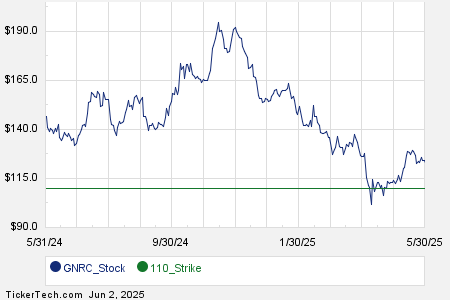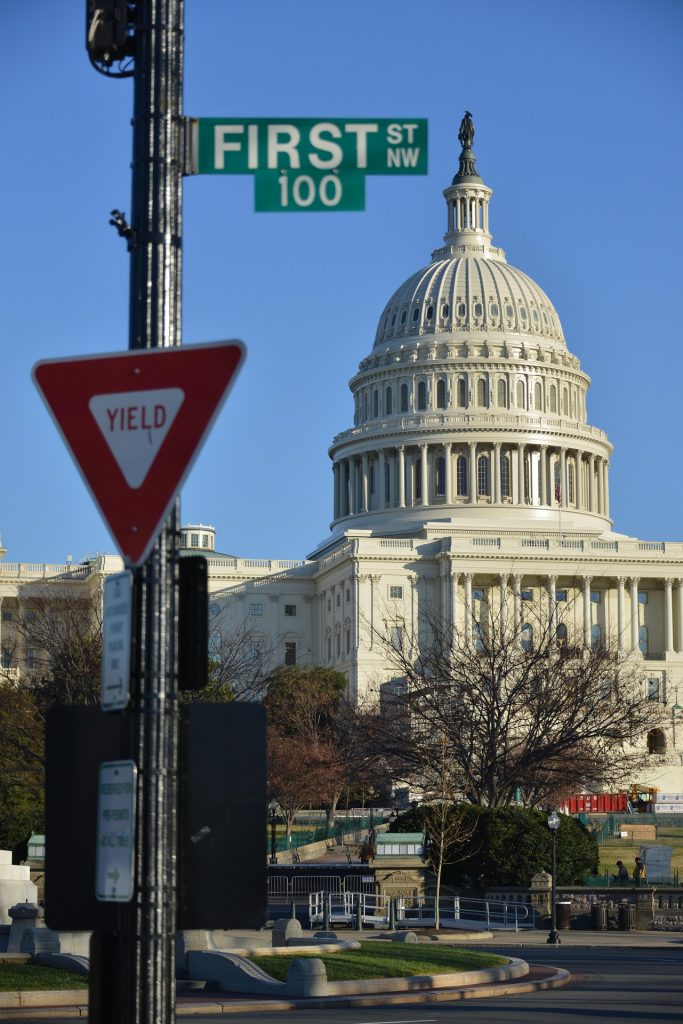Pfizer Faces Challenges Amid Regulatory Changes and Revenue Decline
Pfizer (NYSE: PFE) has struggled over the past three years with declining revenue and share prices, which have dropped by 56% since 2022. While the company is attempting to recover, recent regulatory changes in the U.S. complicate its financial outlook.
Regulatory Restrictions Impact Vaccine Access
The downturn in Pfizer’s performance is largely linked to its coronavirus product line. Once benefiting from record revenue during the pandemic, sales from Comirnaty, its COVID-19 vaccine, and Paxlovid, its virus treatment, have significantly declined. Despite this, these offerings contributed $11.1 billion to Pfizer’s overall revenue of $63.6 billion in 2024, a 7% increase year-over-year. Excluding the coronavirus product sales, revenue grew by 12% year-over-year, with those products still accounting for about 17.5% of total revenue. Without Paxlovid and Comirnaty, Pfizer’s financial situation would be much worse.
However, recent regulatory updates from the U.S. Food and Drug Administration (FDA) are poised to limit vaccine access. The FDA will now recommend COVID-19 vaccinations for seniors aged 65 and older and individuals with specific medical conditions, requiring additional clinical trials for annual booster shots for healthy adults. Notably, healthy children and pregnant women are no longer advised to take the vaccine. These changes are set to be implemented in the fall, impacting the peak vaccination season for COVID-19 and reducing the available market for the vaccine.
Assessing the Broader Implications
While these regulatory changes may weaken Pfizer’s coronavirus franchise, the implications for Paxlovid may be negligible as its sales are largely unaffected. In fact, lower vaccination rates could lead to higher infection rates and increased prescriptions. Last year, Comirnaty generated approximately $2.004 billion from the U.S., accounting for around 37% of its total revenue. Given its importance, the U.S. market remains critical for Pfizer.
Nonetheless, the regulatory shifts add to Pfizer’s existing challenges. The company’s midpoint revenue guidance for the year stands at $62.5 billion, indicating a slight decline compared to 2024. Investors are right to scrutinize these developments as Pfizer continues to rely on every dollar from sales.
Despite the hurdles, Pfizer has made efforts to build its pipeline, including the recent acquisition of cancer medicine SSGJ-707 from 3S Bio for an upfront payment of $1.25 billion, plus potential milestone payments. The prospects of regulatory wins in oncology could play a crucial role in Pfizer’s recovery, supported by a strong pipeline and cost-reduction initiatives planned through 2027.
Overall, while Pfizer’s past success in the coronavirus market is noteworthy, the company remains focused on its broader pipeline development and strategic improvements. Thus, long-term investors should keep an eye on Pfizer’s potential for recovery despite current challenges.
Should Investors Consider Pfizer Now?
Before making investment decisions, it’s important to reflect on analysts’ recommendations. Currently, Pfizer is not among the top picks for investment, with alternative options being more favorable for potential returns.
Investors should carefully evaluate previous market performances. For instance, if you had invested in Netflix on December 17, 2004, $1,000 would now be worth $651,049. Similarly, a $1,000 investment in Nvidia, recommended on April 15, 2005, would have grown to $828,224.
Investors should continue to monitor Pfizer’s evolving financial landscape but also consider other available opportunities to optimize their investment strategies.
Author Prosper Junior Bakiny currently holds no positions in any of the mentioned stocks. The Motley Fool has positions in and recommends Pfizer.
The views expressed here are those of the author and do not necessarily reflect those of Nasdaq, Inc.






